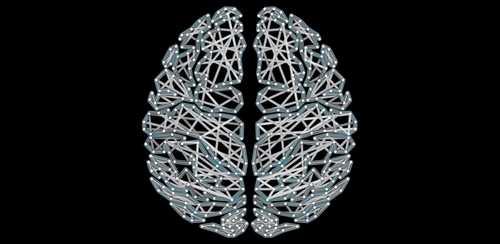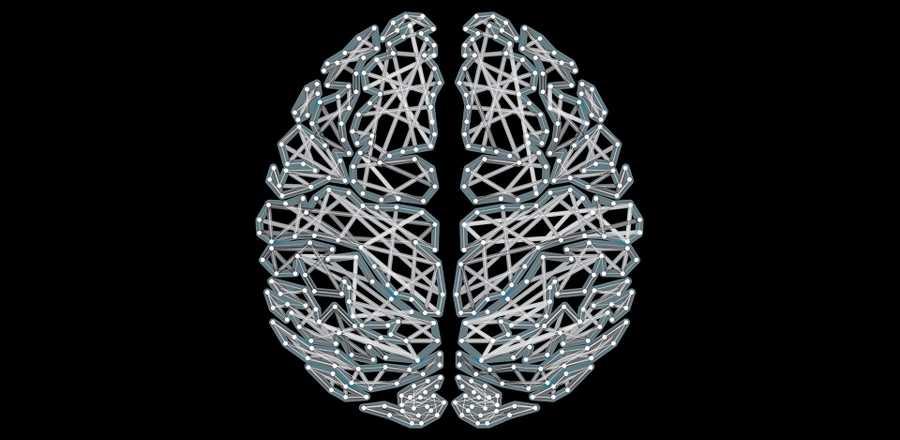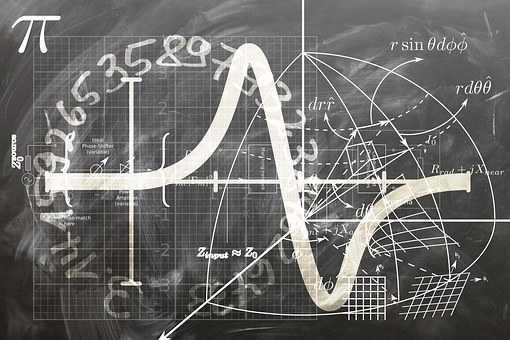Secrets of the Creative Brain
Curated from: theatlantic.com
Ideas, facts & insights covering these topics:
13 ideas
·17.2K reads
39
Explore the World's Best Ideas
Join today and uncover 100+ curated journeys from 50+ topics. Unlock access to our mobile app with extensive features.
Early History
The connection between genius and possible insanity was first documented in 1891 in the Italian physicians’ book The Man Of Genius.
In 1869, this was taken up by the cousin of Charles Darwin, Francis Galton in his work Hereditary Genius.
401
2.42K reads
Genius and Heredity
In a 1904 study by English physician Havelock Ellis, a list was made of 1030 individuals through extensive research, examining thoroughly the intellectual distinction people had by the various factors like heredity, general health, and social class.
These works established that genius minds are often hereditary.
367
1.69K reads
Genetic Studies Of Genius
A body of work of Stanford psychologist Lewis M. Terman, was an in-depth multi-decade study of gifted individuals, and an attempt to improve the measurement of genius and its association with the degradation of mental stability. This also included an enhanced version of the French IQ (Intelligence Quotient) test.
349
1.4K reads
The Findings On IQ
The extensive studies had some ground-breaking findings at that time, like:
- Being the youngest student in a grade predicted a high IQ.
- A high IQ was not a factor of a writer's creativity.
- A high IQ did not predict creative achievement later in life.
370
1.48K reads
The Inner Workings Of Creativity
The very definition of creativity is being bent and reshaped in various studies. The two kinds of thinking that emerged were:
- Divergent Thinking: The ability to produce multiple responses to the probe.
- Convergent Thinking: The ability to produce one correct answer to problems that have only one answer.
History tells us that some of mankind’s most creative achievements have been the result of convergent thinking, like the discovery of gravity or the properties of Energy(E=mc2)
426
1.35K reads
Big C Little C
The study of already established geniuses is known as the ‘Duck Test’, as it focuses on people who are already different from the general population. This is referred to as the Big C.
The study approach of ‘little c’ takes the opposite approach and develops quantitative assessments of creativity in a much wider group, over a period of time.
357
1.33K reads
The Eureka Moment Takes Years
As the brain has as many neurons as the stars in the Milky Way, the capturing of human mental processes can be a daunting task.
Creativity is not a one-shot singular experience, and cannot be captured in a ‘Eureka’ moment. It cannot be produced at a high or consistent rate, on-demand. It is a natural process that takes years or decades to fully form inside the mind, taking inputs from a variety of diverse sources and experiences.
396
1.05K reads
The Complex Mind
... has various layers of nerve cells, their dendrites. These regions, whose functions are manifold consist of the primary visual, auditory, sensory and motor cortices. Apart from these basic internal decoders, there are the association cortices which help us sort and filter the information received, helping the brain form out a ‘verbal lexicon’ of associated meanings and memories.
The verbal lexicon differs in individuals with different creative output, with highly creative ones having rich and complex cortical connections.
364
928 reads
The Need To Relax
The wild, explosive findings are a product of the lull, relaxed mindset, with long periods of preparation, gestation and incubation.
Writers routinely talk about being in a trance while writing, with the association cortices being wildly active. It’s like your mind is connected to a giant mountain of creativity, and is taking a small fragment of it. Only a calm and relaxed mind can achieve this.
421
1.05K reads
Too Many Ideas
A super creative mind with an abundance of creative ideas can be counterproductive. The most common problems with creative minds of genius-level can be bipolar disorder, depression, chronic anxiety or panic disorder, and alcoholism.
The reason for this can be their over-the-top, over-the-edge lifestyles, which are adventuresome and exploratory. The world isn’t synced with them, and they are unable to bear this after some time, as their inner world is completely different from their outer reality
476
1.16K reads
Autodidacts
Most creative people are self-taught, be it Bill Gates, Steve Jobs or Mark Zuckerberg. They ‘think different’ and find that the standard, spoon-fed ways of learning are not helpful and may even be curbing their natural creativity.
399
1.09K reads
The Edge Of Creativity
Polymaths are individuals with deep interests and expertise in a variety of creative fields. Many historic creative geniuses were polymaths, including Michelangelo and Leonardo da Vinci.
Creative people are also persistent in their beliefs and can be resilient when confronted with rejection or scepticism.
400
984 reads
Arkham Asylum
Creative people are able to believe things normal people don’t, making them seem mentally ill or having some hallucinations.
Their defense is that they have many ideas, and due to many neurological connections they form in their brains, sometimes those ideas are crazy for others who are having limited mindsets.
408
1.24K reads
IDEAS CURATED BY
The first step in the acquisition of wisdom is silence, the second listening, the third memory, the fourth practice, the fifth teaching others.
Nicholas J.'s ideas are part of this journey:
Learn more about problemsolving with this collection
How to handle and learn from mistakes
The benefits of psychological safety in a workplace
The importance of empathy and active listening
Related collections
Similar ideas
10 ideas
How to Enhance Your Creative Thinking
sparringmind.com
2 ideas
How the Brain Changes with Expertise
scotthyoung.com
Read & Learn
20x Faster
without
deepstash
with
deepstash
with
deepstash
Personalized microlearning
—
100+ Learning Journeys
—
Access to 200,000+ ideas
—
Access to the mobile app
—
Unlimited idea saving
—
—
Unlimited history
—
—
Unlimited listening to ideas
—
—
Downloading & offline access
—
—
Supercharge your mind with one idea per day
Enter your email and spend 1 minute every day to learn something new.
I agree to receive email updates


